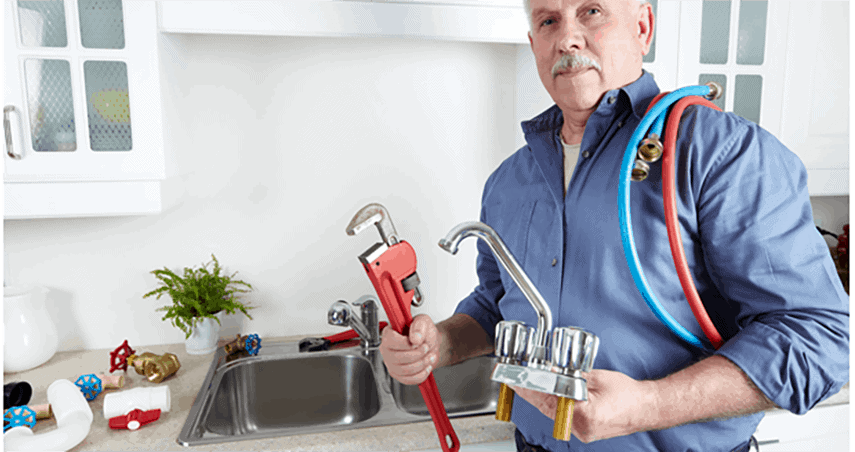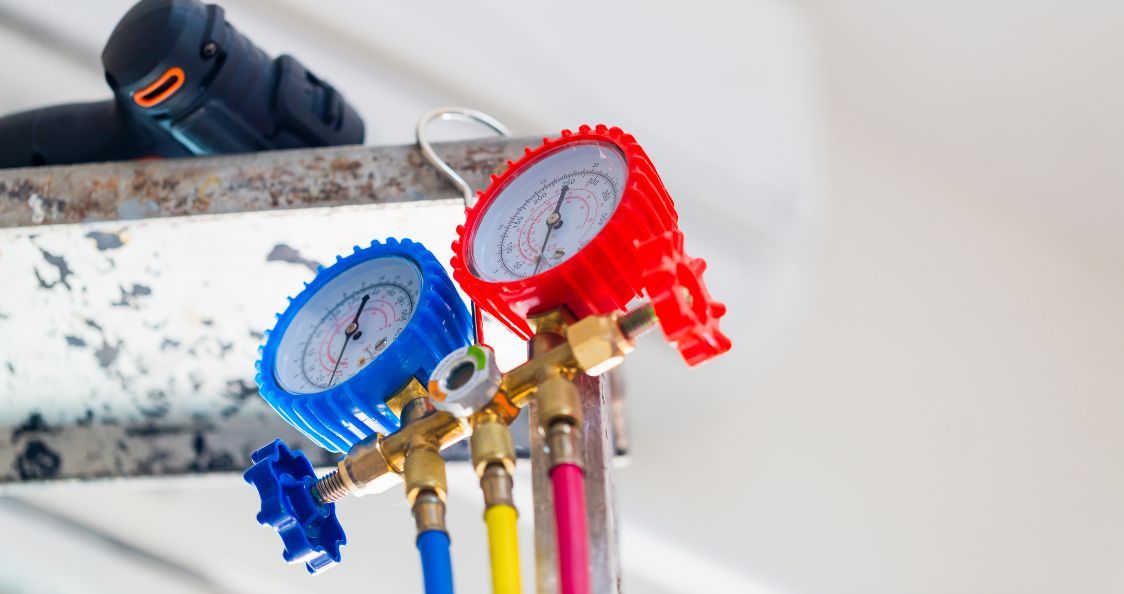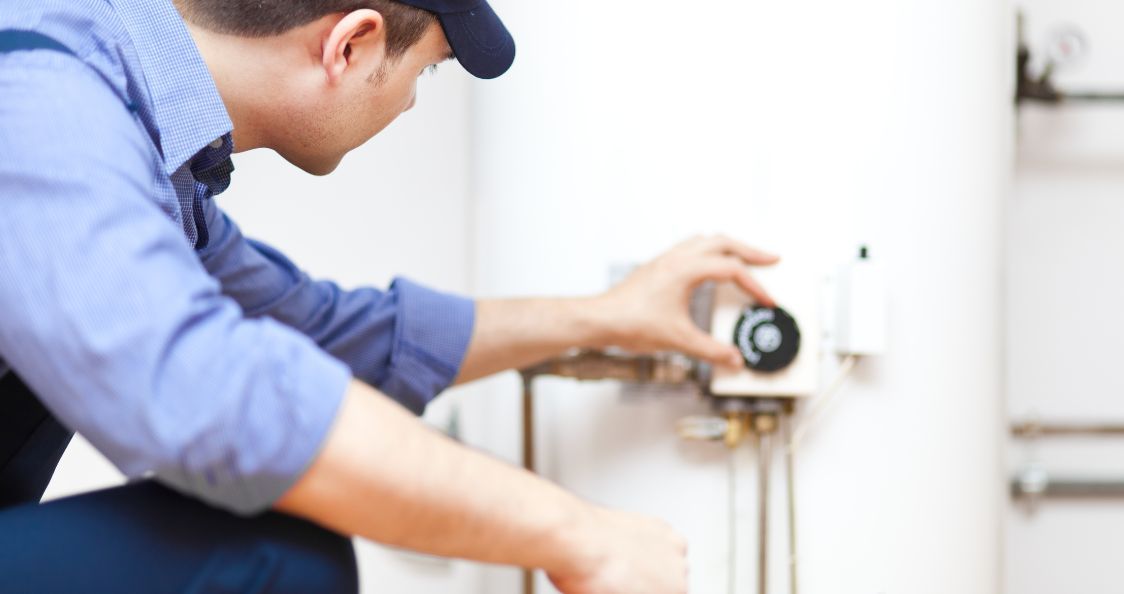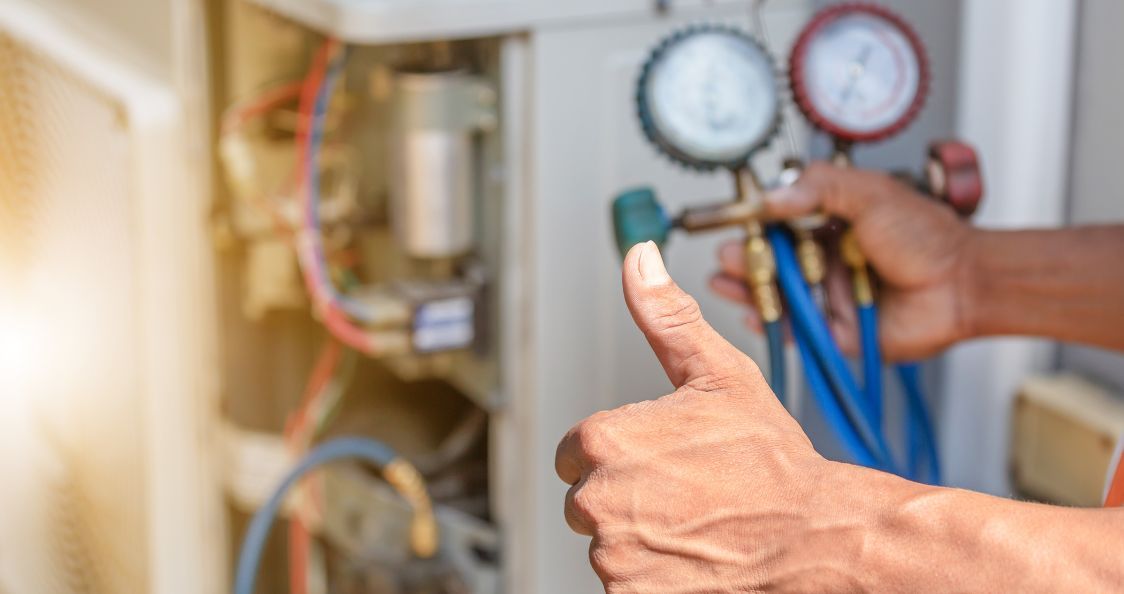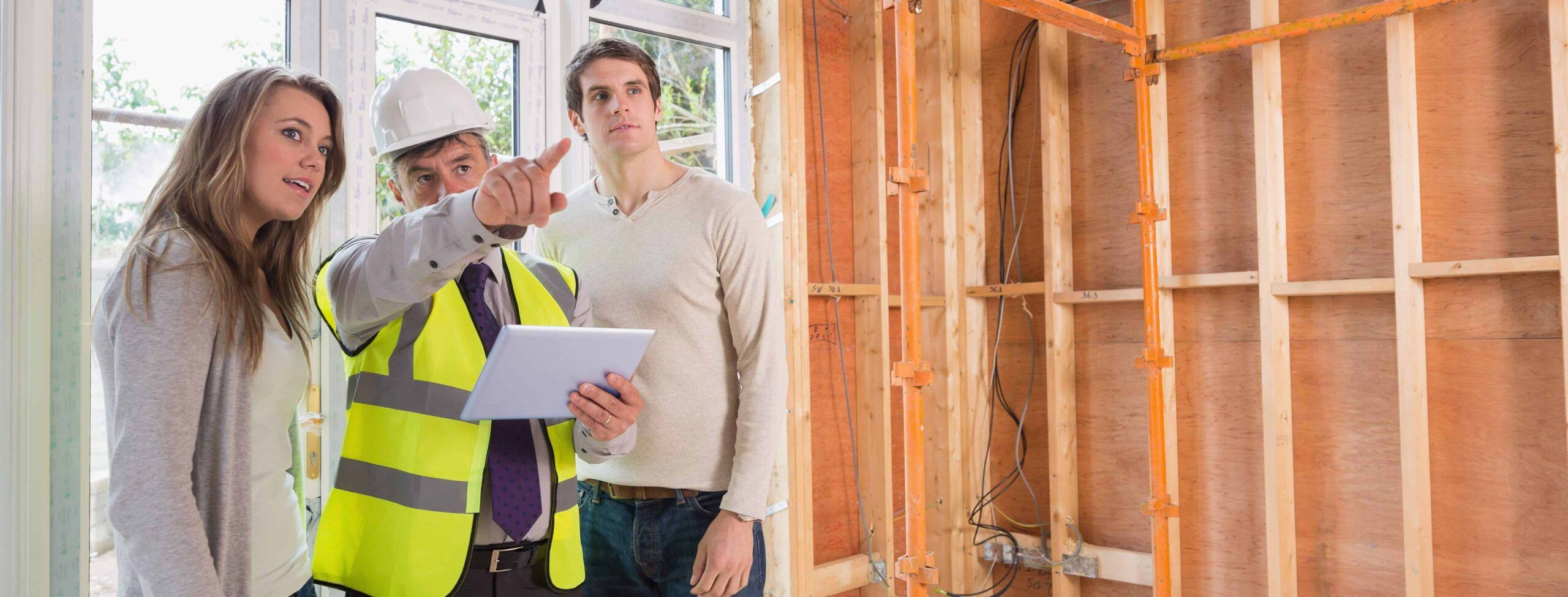
Remodeling: 4 Important Improvements
Remodeling home. What should I fix first?
Where do you start when remodeling a home? To figure that out, you have to ask yourself a few questions. First, what are you able to remodel yourself and what will require a licensed contractor? Second, what is your budget?
You will need to acquire permits, purchase materials, and hire contractors, so this question will likely determine the entire remodeling outcome. Have a feasible budget in place, but be prepared to go over budget, as well. Mistakes, accidents, and the unforeseen can and will happen, so be ready.
Next, you will need to assess the home to determine what can be fixed, what needs to be replaced, and what needs to be added anew. The remodeling process also depends on whether or not you are planning to live in the home, rent it out, or sell it for a profit.
Let’s take a look at a few areas of your fixer-upper that will likely need attention.
[vc_single_image image=”2670″ img_size=”large” css=”.vc_custom_1606247412501{margin-top: 40px !important;margin-bottom: 40px !important;}”]
Plumbing
In older homes you will want to take a look at the pipes. Homes built before the 1990s may have pipes that consist of materials which no longer meet the requirements of U.S building codes. There are three types of outdated piping that will need to be replaced if it exists in the home.
Lead
Likely the oldest material used to make pipes, lead was a perfect metal for plumbing purposes due to its durability and malleability. Lead, however, is terribly toxic and can cause a grocery list of health issues.
Polybutylene
In the 70s polybutylene was touted as the pipe of the future, and was debuted as a replacement for copper pipes. While this material was used heavily in the 80s, it was found to be highly defective. Oxidants in the water would react with the material causing it to become very brittle and crack. Polybutylene was primarily used in the manufacturing of mobile homes, but any residence built in the 80s has a chance of this material being somewhere in the plumbing system.
Galvanized
Galvanized pipe is iron coated in a layer of zinc. As time wears on the zinc begins to corrode leaving the iron open to the elements, which in turn cause it to corrode. While galvanized pipes can last for many years, they have the tendency to clog with rust, or they become so brittle that they flake and break apart.
If you find any of these piping types in your remodel, you will want to replace them with copper, PVC, or PEX respectively.
Sewer Line Inspection
Shifting sewer lines are fairly common in older homes, as well as root damage. Inspecting the sewer is important, as sewers see a lot of use and can cause quite the mess if a problem is not addressed.
[vc_single_image image=”1884″ img_size=”large” css=”.vc_custom_1606247404472{margin-top: 40px !important;margin-bottom: 40px !important;}”]
HVAC System Inspection
Is the Unit and Ducting Installed Correctly?
When addressing the HVAC system in older homes you’ll want to know whether or not the system was original to the home, or was the system added later? If the home did not include a heating and cooling system you will want to have the system inspected to be sure the ducting was installed correctly, the size of the unit is sufficient for the size of the home, and that it is operating efficiently.
Poor Air Quality
Old homes inherently come with drafty windows and doors that allow pollen and other pollutants into the home. An HVAC system that is not the correct size for the home, or an older unity that may be on its last leg can cause excess levels of humidity, which results in mold and mildew problems. Consider installing an in-duct UV purifier, as well.
Aging Systems
The systems of yesteryear do not compare to the energy efficient models available today. Upgrading to an Energy Star certified unit will decrease utility costs, improve the quality of your air, and make you more comfortable overall.
[vc_single_image image=”1999″ img_size=”large” css=”.vc_custom_1606247396252{margin-top: 40px !important;margin-bottom: 40px !important;}”]
Rain Gutters & Down Spouts
Gutters may not seem all that important, but believe us, they are! Improperly pitched gutters, leaks, and corrosion can lead to wall damage, roof and attic damage, and compromised foundations.
Be certain that the gutter on the home is draining effectively. If you see standing water in the trough and little to no debris, you will likely need to adjust the pitch of the gutter to allow it to drain. Inspect the down spouts to be sure they are free of debris and critters, too.
The fascia and roofing edge should be checked, also, to ensure that no water is being drawn into the attic or under the shingles. Letting a small roof leak go unattended can lead to a great deal of damage to your ceiling, walls and floor boards, so inspect the area thoroughly and fix even the smallest problems immediately.
[vc_single_image image=”1205″ img_size=”large” css=”.vc_custom_1606247389521{margin-top: 40px !important;margin-bottom: 40px !important;}”]
Attic and Wall Insulation
While you’re out inspecting the gutter, you should continue your adventure into the attic. Note the level of insulation. If you can see any beams through the material you are going to need to apply more insulation to bring the level up to the proper R-Value, ensuring your home is effectively insulated. Check the corners where the roof meets the wall and check for moisture that may be present from a faulty roof are seeping gutter system.
Adequate insulation in your home is paramount for regulating temperature and effectively controlling energy usage and utility costs.
There you have it. Now you can go gather your tools, grab a ladder, and some coveralls and get to poking around to find out where you need to begin the remodel. Consult a licensed contractor if you are uncertain of a fix, or if you do not have the experience or desire to perform any repairs.
Clarke & Rush is Sacramento’s most trusted full-service contractor, and we’re here to help you save money by saving energy. Smart energy savings. It’s what we do.
[vc_single_image image=”2492″ img_size=”large” onclick=”custom_link” css=”.vc_custom_1606247379862{margin-top: 40px !important;margin-bottom: 40px !important;}” link=”tel:9166092669″]
Other Blogs You May Be Interested In
Categories
- About Clarke & Rush (1)
- AC Replacement (8)
- AC unit Maintenance (10)
- Boilers (1)
- Commercial HVAC (3)
- Commercial Plumbing (2)
- Furnace (3)
- Furnace Maintenance (2)
- Furnace Repair (4)
- Green Homes (3)
- Gutter Repair (1)
- Gutter Replacement (5)
- Heat Pump (1)
- Home Energy Tips (2)
- Home Improvement (6)
- HVAC (17)
- HVAC Replacement (7)
- Insulation (2)
- Kitchen Plumbing (1)
- Plumbing (2)
- Plumbing Problems (8)
- Reducing Energy Costs (6)
- Repiping Services (3)
- Residential HVAC (45)
- Residential Insulation (4)
- Residential Plumbing (33)
- Residential Windows (6)
- Sewer Line (2)
- Uncategorized (10)
- Water Heaters (4)
- Water Line Repair (1)
- Water Treatment (1)
- Window Installation (8)
- Window Instllation (1)
- Window Replacement (7)
- Windows (8)



